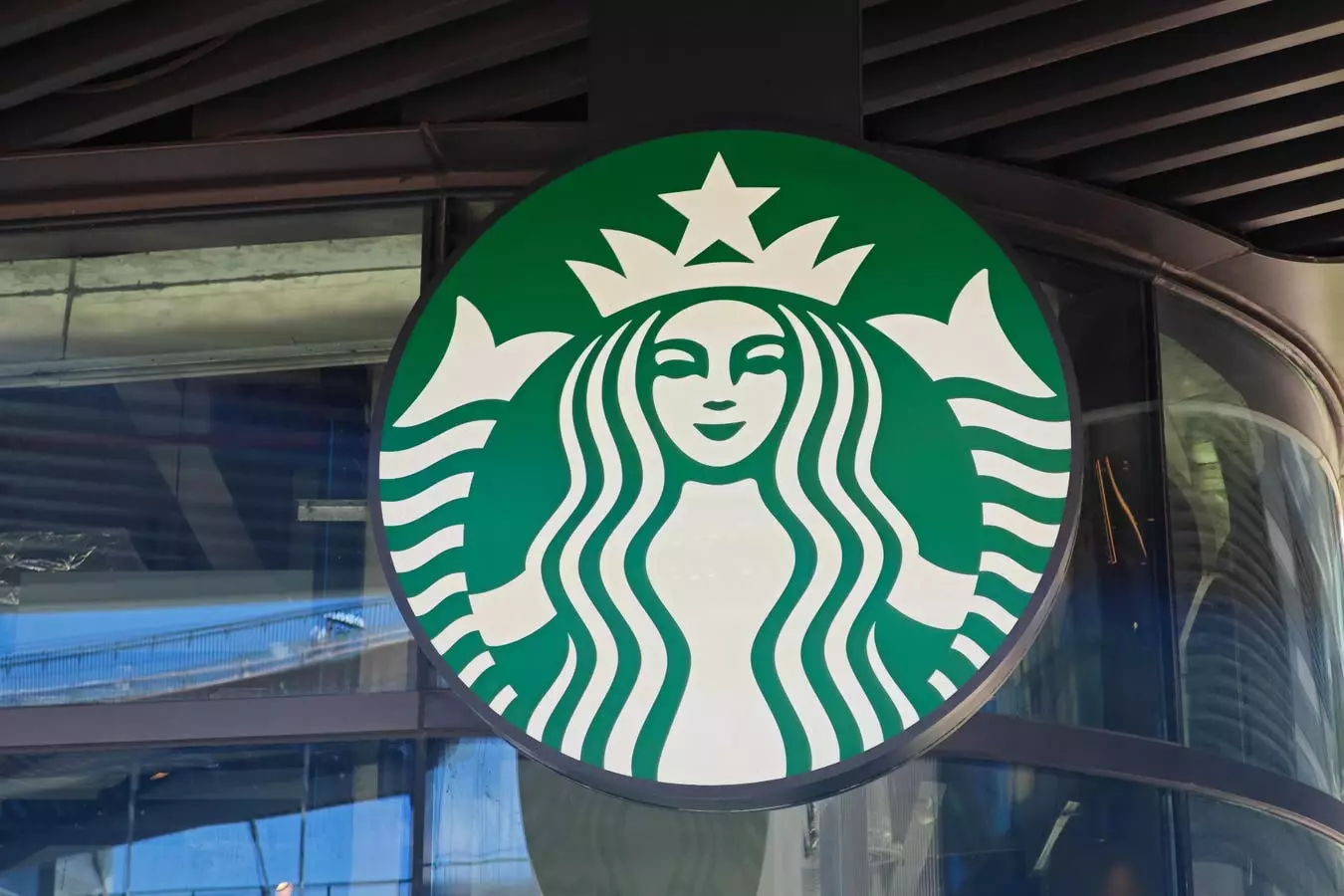Being a CEO comes with immense responsibilities and pressures that can take a toll on even the most seasoned executive’s mental health. The success or failure of a company often falls on the shoulders of the CEO, making the role both rewarding and challenging. As a company grows, so do the stakes, the expectations, and the need for effective leadership.
Starbucks, once a juggernaut in the coffee industry, has faced struggles both domestically and internationally in recent years. The departure of Howard Schultz, the iconic leader who guided the company through its growth and success, left a void that needed to be filled. In response to these challenges, Starbucks made the surprising decision to appoint Chipotle CEO Brian Niccol as its new Chairman and CEO. The market reacted positively to this news, with Starbucks shares surging over 24% while Chipotle shares fell nearly 8%.
Despite the initial optimism surrounding Niccol’s appointment, he will face significant challenges in turning Starbucks around. One of the key issues that Niccol will need to address is revamping and reconnecting the customer experience. This will require not just surface-level changes but fundamental improvements, starting with the well-being of Starbucks employees.
One of the critical factors in revitalizing a company’s growth and brand identity is prioritizing the well-being of its people. Employees are the lifeblood of any organization, and their morale, mental health, and sense of purpose are essential to its success. In the case of Starbucks, declining employee morale had a direct impact on the customer experience, highlighting the importance of investing in the well-being of employees.
CEOs and senior leaders must prioritize building strong connections with their employees to foster a culture of trust, respect, and purpose within the organization. Spending time with frontline employees, understanding their needs and concerns, and ensuring open communication channels can have a significant impact on employee morale and overall company performance. Leaders who are in tune with their employees can address their well-being more effectively and gain valuable insights into areas for improvement.
Revitalizing a company’s growth and customer experience is a long-term endeavor that requires a commitment to prioritizing the well-being of its employees. By focusing on creating a positive work environment, fostering a sense of purpose, and promoting open communication, leaders can create a culture that attracts top talent, retains employees, and drives overall success. As Niccol takes on the challenge of leading Starbucks, it is clear that reinvigorating the people within the organization must be a top priority to recapture the brand’s former glory.


Napsat komentář